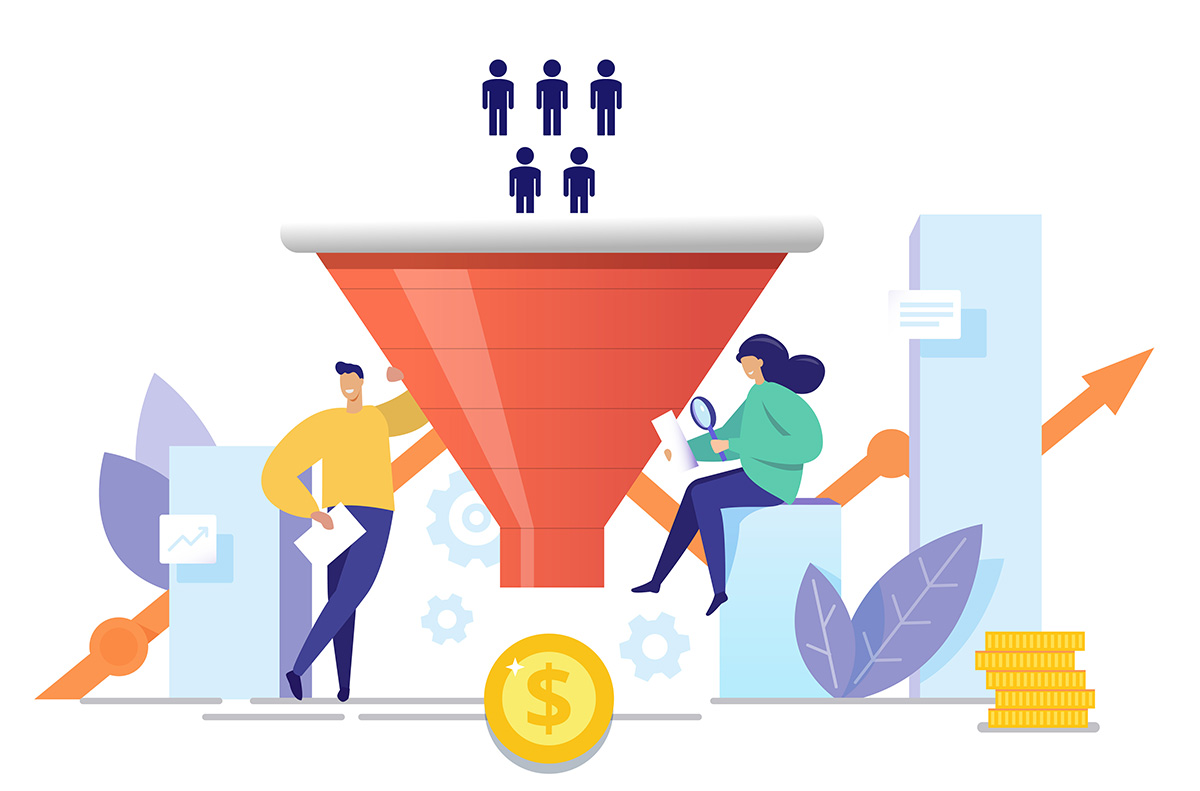To have a strong mid, major and planned giving program, you also need a strong pipeline of donors, starting with new donor acquisition.
Let’s face it – if you’re a medium or large organization, you probably have the resources to invest in multi-channel new donor acquisition. Direct mail, broadcast, on-line, pledge and membership drives, etc. But what if you’re a small organization and you just don’t have those kinds of resources?
This is a question Richard and I get all the time when we’re doing a webinar or speaking somewhere. I want to be honest with you. There’s no easy strategy to build your donor base with limited resources. And actually, if you still had a ton of money to invest, it’s not easy, either.
But here are some strategies for you as you continue to build your new donor acquisition program and pipeline to major gifts:
- Your board is crucial — Many small non-profits make the mistake of recruiting the wrong board members. First, the people on your board must reflect the mission of your organization. Secondly, they should be connectors. Your board should be made up of people that are passionate about your mission. A small organization requires more work from a board member than a large one. Yep, I said it. That expectation has to be set up right from the start. The way to increase the number of donors is to inspire your board to find others in their sphere of influence to come along with them. Set goals with individual board members of how many people they can connect to your organization. Develop a plan and timeline for them. Equip the board with everything they need to be supported in doing this work.
- Other donors — Like the board, ask donors of your organization who aren’t board members to introduce you to other potential donors who they feel will resonate with your mission. Equip these donors with the information, stories, statistics, opportunities for them to invite others to be inspired.
- Mini-events — Hold mini-events that board members and donors can invite others to. Whether virtual or in person, hold 10-15 person events like, “A discussion with our CEO, or program person.” Invite a local citizen to discuss the problem that your organization is addressing. Providing these opportunities equips your board and donors to engage others that may be interested in your mission.
- Online outreach and donation platforms — Use email to engage people and inspire them to give. Make sure your website is set up to take donations easily.
- Content marketing strategy — Become the “expert” of the solution you’re using to address the need your non-profit’s mission is working on. Write blogs, start a podcast, create position papers, use social media outlets to get your story out. And don’t get stuck in the idea that YOU need to create all this content. Take advantage of other content that supports your position, and share it! Third-party resources can be a huge asset as you build your content strategy. This will create energy around the problem your non-profit is solving and start the discussion about how your non-profit has some of the answers. Then invite them to be donors.
- Find “investors” in your non-profit — Richard and I, over the years, have seen some small non-profits grow by asking one or two major donors to make an investment into the long-term future of the organization by agreeing to give large gifts toward capacity building. There are donors who find this attractive because they are long-term planners and understand the value of thinking 5-10 years down the road. Putting together a strategic plan with a 5- to 10-year revenue forecast is essentially showing this donor(s) how their gift will multiply over time.
- Don’t forget, getting someone to say, “Yes” is just the first step — Keeping them is even harder. To build the pipeline into major gifts, you must shepherd the donor along. This is where most non-profits fail. So, before you try to acquire a new donor, you have to be prepared to keep, lift and move them up, or all that hard work in acquiring them is a waste.
- Work it every day — As I said earlier, this is tough work. But remember, every successful non-profit started small. In their early years, they too struggled to find new donors and steward them to build their pipeline.
Building your donor pipeline is very difficult. That’s the honest truth. But if you believe in the mission and you believe that the donors that are inspired by your mission will find joy in it, you need to pursue it with everything you have.
Jeff




0 Comments